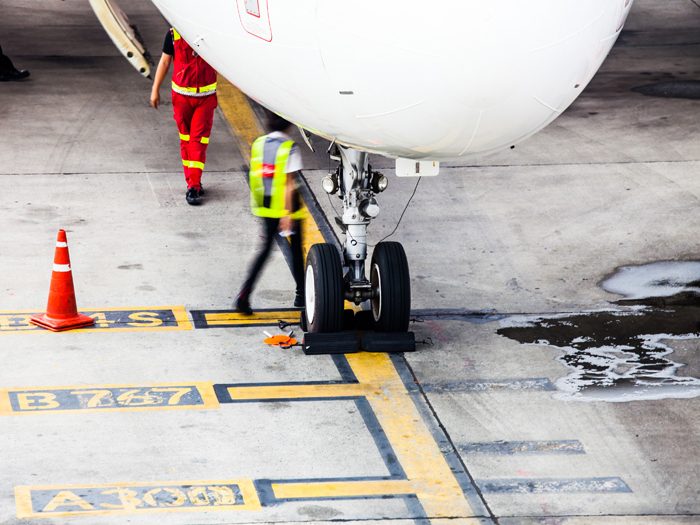2016 NWCDC
Make a Decision and Move the Needle

U.S. Airways merged with American Airlines in 2013 to form the world’s largest airline. The high profile marriage also came with a large portfolio of complex and open workers’ compensation cases.
Jennifer Saddy, director of the combined airline’s workers’ compensation program, immediately set out to eliminate thousands of legacy claims. But there was no clear formula for her to follow to help fuse together the two distinct processes.
“The merging of cultures is really difficult,” Saddy said during a Nov. 30 NWCDC session, “Fostering a Claims Closure Culture to Swiftly Resolve the Difficult Challenges.” Saddy was joined in the discussion by Mark Pew, senior vice president of PRIUM.
With almost 6,000 lingering workers’ compensation claims, Saddy asked employees, the airline’s insurance carrier, lawyers, third party administrator, adjusters and medical support providers to find creative ways to satisfactorily settle claims as quickly as possible to the benefit of the employee.
“I found it to be a great opportunity,” Saddy said. “I have embraced this process and learned from it.”
Saddy’s approach required leadership support, employee empowerment, communication, accountability and teamwork, Pew said. All while clearly focused on taking care of their fellow employees.
This was no small job. The combined company has about 120,000 employees today with more than 11,000 injuries each year – about one injury every 43 minutes.
In the first year, American Airlines decreased its open claims by 20 percent and reduced claims that were two years or older by almost 30 percent.
“We gave our employees a sense of ownership,” Saddy said. “Settle your claim today … but we’re not going to continue with the status quo.”
“We encouraged employees to be creative and move claims forward,” Saddy said.
Today, American Airlines has about 3,340 claims and has greatly reduced pharmacy costs, litigation referrals and Medicare Set Aside costs.










